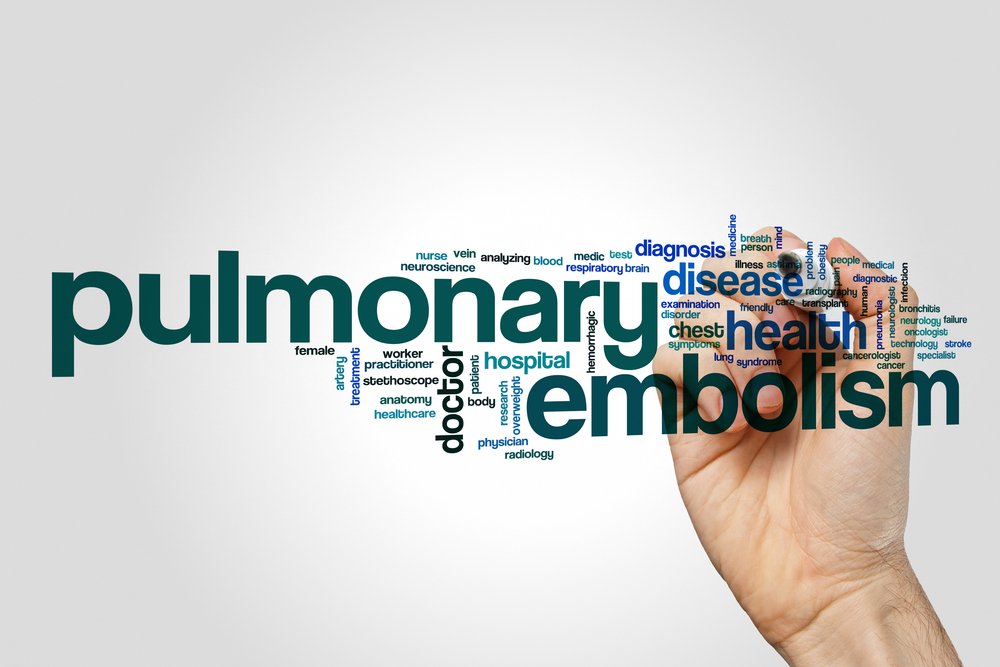Life-Threatening Pulmonary Embolisms Twice as Likely to Strike SLE Patients, Study Finds
Written by |

Patients with systemic lupus erythematosus (SLE) are twice as likely to suffer a potentially fatal pulmonary embolism (PE) as people without this form of lupus, according to researchers at Atlanta’s Morehouse School of Medicine.
Their study, “Prevalence of Pulmonary Embolism Among Systemic Lupus Erythematosus Discharges,” appeared in the Journal of Clinical Rheumatology.
PE is a life-threatening condition characterized by obstruction of blood vessels in the lungs, which if left untreated can lead to death. Several studies have demonstrated that autoimmune diseases are linked to a predisposition to form blood clots. This is partly because of the presence of antiphospholipid antibodies that can eventually lead to venous and arterial obstruction. The formation of such clots, known as thrombosis, occurs in 30 to 60 percent of SLE cases.
Researchers aimed to assess the prevalence of PE in the SLE population, based on information collected from the U.S. National Hospital Discharge Survey (NHDS) data over a 10-year period. They found that 1.62 percent of SLE patients had PE, compared to 0.7 percent of people without the disease. In other words, SLE patients were 2.37 times more likely to develop PE.
Furthermore, black SLE patients had a higher prevalence of PE than other racial groups. This is due to the presence of previously identified risk factors for venous block by blood clots among African-Americans, including earlier SLE onset, more aggressive disease and higher prevalence of lupus anticoagulant.
Given the high incidence of PE in SLE patients, it could be worthwhile to perform large-scale studies to determine the thrombosis risk of SLE itself. This could lead to a better understanding of its correlation with disease severity and help identify those SLE patients most at risk of thrombosis, the authors said. The study’s findings also point to the need for more rigorous clinical screening, in order to clinically follow such patients and provide care as required.




